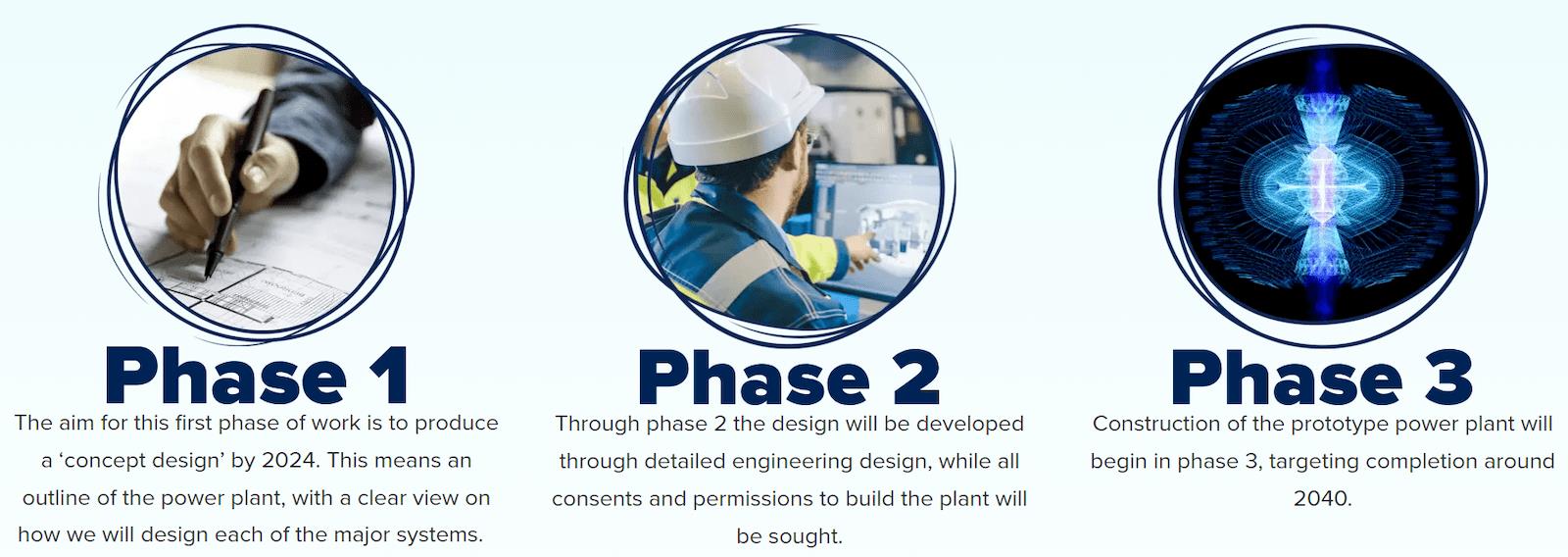Fusion Power Planners Must Allow For Tech Changes
Date
11/15/2023 12:11:04 AM
(MENAFN- Asia Times) This is the fifth installment in Asia Times Science Editor Jonathan Tennenbaum's series“Fusion Diary.” Read a series introduction , part 1 , part 2 , part 3 and part 4 . Part 5 is a continuation of an August 22, 2023, interview with Paul Methven, director of Great Britain's Spherical Tokamak for energy Production (STEP) program .
Jonathan Tennenbaum : What are the most important decisions that you're facing right now?
Paul Methven : I think some of the most critical decisions we will make are around the selection of our partners. Because, by definition, trying to get a fusion energy plant designed is an extreme example of a complex major program. In any such endeavor, you're going to face a myriad of things you can't predict, a myriad of problems and twists and turns.
If you are not organized and don't have the right culture and the right partners in place, you will be far less able to navigate through those challenges as they arise. There's no point in pretending that things won't be difficult. You have to know that they will be difficult and then get the capability and the organization and the behaviors in place to deal with that difficulty. So, actually, partner selection and organization of the program is the number one set of decisions that we need to deal with.

The STEP program comprises three main phases. Image: STEP / UK Atomic Energy Authority
There are a myriad of technical decisions that arise. Some of those are around the basic architecture to enable maintenance. A number of them are material selection choices, balancing between something that's optimal but doesn't quite exist yet, versus something that's probably suboptimal, but is here today, and that we know we can build from.
Across the whole program, there is balance of risk between do we go with something that's more established technology, but maybe lower performance, or do we go with not yet established technology, but which might just give us that performance leap that we need to make the whole integrated design work.
Those decisions are day in, day out and sometimes when you make them, you have to go right back down around your design loop again, because the problem is so integrated.
MENAFN15112023000159011032ID1107425149

Legal Disclaimer:
MENAFN provides the information “as is” without warranty of any kind. We do not accept any responsibility or liability for the accuracy, content, images, videos, licenses, completeness, legality, or reliability of the information contained in this article. If you have any complaints or copyright issues related to this article, kindly contact the provider above.